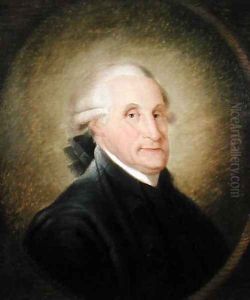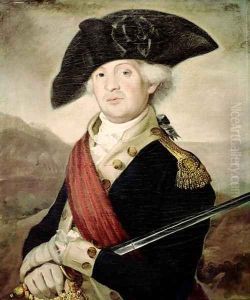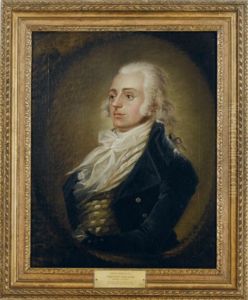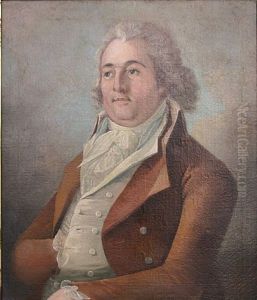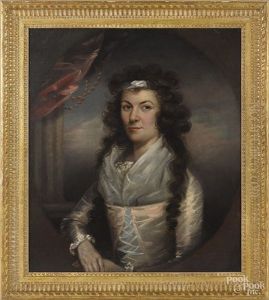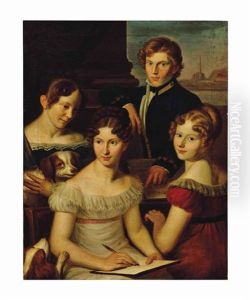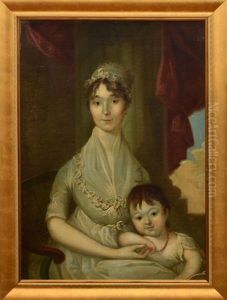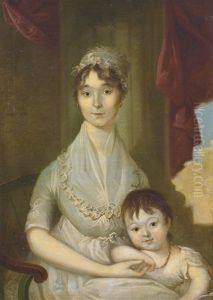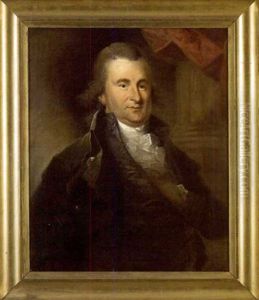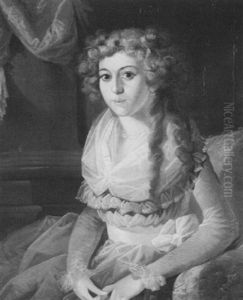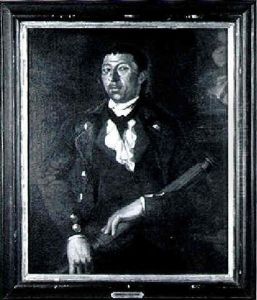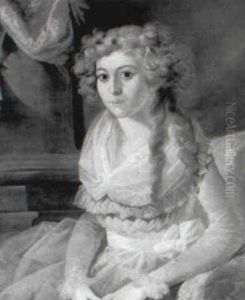Christian Gullager Paintings
Christian Gullager was a Danish-American portrait painter born on March 7, 1759, in Copenhagen, Denmark. He is recognized for his contributions to early American art, particularly during the post-Revolutionary War period when the new nation was establishing its identity.
Gullager began his artistic journey in his native Denmark, where he received his early training. He later moved to the United States, arriving in Philadelphia around 1782. At the time, Philadelphia was a bustling center for art and culture, and Gullager was able to establish himself as a portraitist among the city's elite. His work from this period reflects the influence of the European Neoclassical style, which was prevalent among his contemporaries.
In pursuit of new opportunities, Gullager relocated to Boston in 1786. Boston's cultural scene was thriving, and there was a demand for portrait painting among the city's wealthy merchants and notable figures. It was here that Gullager's career flourished. He became well-known for his portraits, which captured the likeness and character of his subjects with a degree of realism that was admired at the time.
One of Gullager's notable works from his time in Boston is a portrait of George Washington, which he painted from life in 1789. This portrayal of the first President of the United States is considered one of the significant pieces of his oeuvre and reflects the high regard in which Gullager was held as a portrait artist.
Gullager's style evolved throughout his career, showing an increased confidence in his brushwork and a more sophisticated approach to color and composition. Despite this, he never strayed far from the primary focus of his work—capturing the essence of his subjects through portraiture.
Christian Gullager's contribution to American art history is noteworthy for the role he played during a formative period in the new nation's cultural development. His portraits are valuable records of the faces and personalities that shaped early American society. Gullager passed away on November 24, 1826, in Newburyport, Massachusetts, leaving behind a legacy that would be appreciated by future generations of art historians and enthusiasts.
